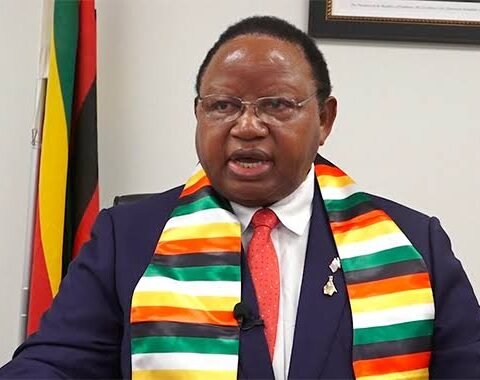The Zimbabwean government is set to introduce a novel “structured currency” after the Easter holidays, aimed at tackling the persistent issues of currency volatility and inflation exacerbated by exchange rate fluctuations. Overseen by the outgoing Reserve Bank of Zimbabwe (RBZ) governor, John Mangudya, and his successor, John Mushayavanhu, the initiative seeks to establish a stable exchange rate and reduce inflation through the backing of a gold-backed token known as the ZiG.
The introduction of this new currency has been postponed to finalize details that ensure its stability and value. It will be supported by precious metals like gold and foreign currency reserves, with its value anchored to the ZiG token.
This move is in response to the prolonged economic distress marked by currency instability, soaring inflation, and economic mismanagement that Zimbabwe has faced. The Zimbabwean dollar, reintroduced in 2019, failed to stabilize, leading to the search for more sustainable monetary solutions.
The structured currency is anticipated to coexist alongside the US dollar, which will continue to be legal tender in Zimbabwe until 2030. The government aims to boost economic confidence and offer a stable medium of exchange to overcome current economic challenges.
The effectiveness of this new currency will depend on its execution and the government’s ability to address the wider economic and political issues plaguing Zimbabwe. The launch is planned for the week following the Easter holidays, with the delay attributed to the need for sufficient gold and US dollar reserves critical for its introduction.
As Zimbabwe gears up for this significant shift, incoming governor Mushayavanhu’s role in safeguarding the currency and fighting inflation will be key to its success. This introduction represents a critical step towards monetary stability and economic recovery for the nation.








